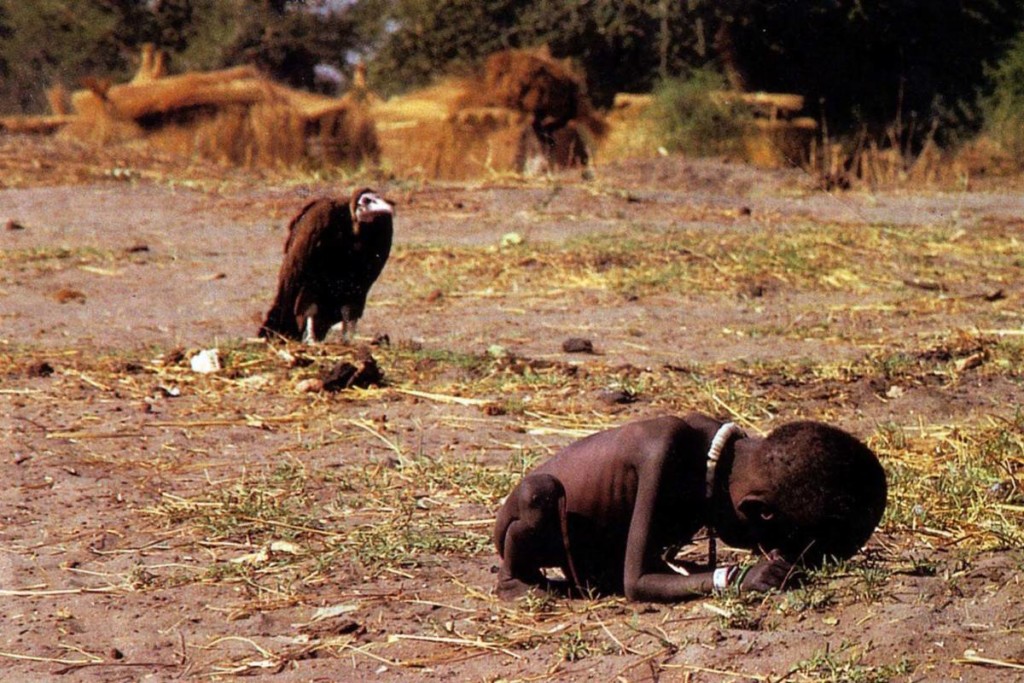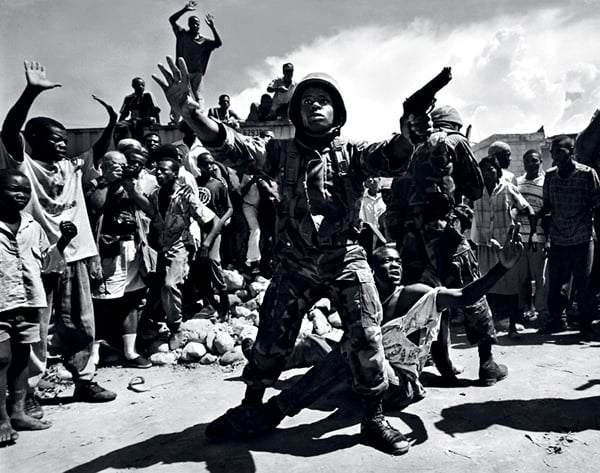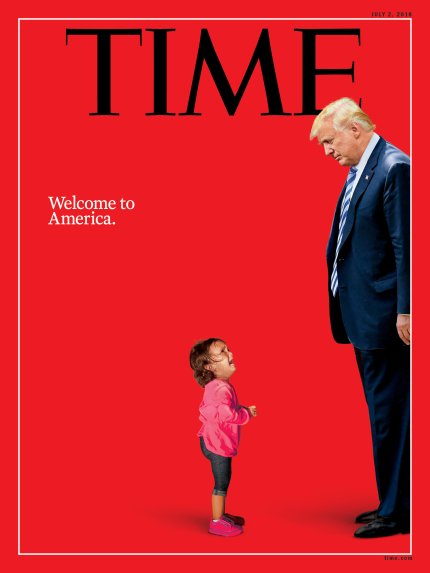My revised views/ definition of photojournalism
When I started off in this course, I had little no true understanding of what it mean't to be a photojournalist. Nor did I truly understand photojournalism and all the aspects it takes to being an ethical photojournalist and the power you have from capturing moments with a camera. I think we all in this era have grown up very comfortable with taking photos, being in photo's and sharing these photo on the internet and other social media platforms. The understanding before this class was that I shared photos to show others what I loved, what I was doing in my life, and to get feedback on how my photos looked. After learning more deeply about photojournalism I realized that my original drive to take photos was shallow for my own purpose and that photos can be extremely impacting. It's our job to not only capture images that spark change and awareness but as well to document the world around us so that future generations can have a better understanding of what our experiences were like good or bad. That being said I have learned how perspective, bias, and what emotions we capture can change the way an image is viewed by others. We must be ethical in taking photos that are nothing but the raw truth, un-staged, not overly edited, and with little bias so that people are deceived or persuaded by our own agendas. My whole understanding of photojournalism has changed throughout this course, I know look at newspaper articles, online articles, and news in general in a different light knowing that so much effort, time, and even peoples lives are sacrificed to give the ability to see what otherwise I wouldn't without their images.
Importance of the History of Photojournalism
Knowing the history of photojournalism helped me have a greater appreciation for photojournalism in general. To understand the evolution of technology, the conditions in which people worked in, and the struggles people faced making photojournalism a career, and way to document history is empowering. We are a generation to views thousands of photos a week alone on Instagram and Facebook, yet without the evolution of the technology alone in photojournalism I don't believe that this would even be apart of our culture today. Understanding where photojournalism began makes you realize that all our history textbooks, all the things we learned growing up using visual aids, would not have been as exciting or maybe we wouldn't even have known as much because of the lack of images without photojournalism.
"AH-HA" moments
Peter Essick
During our research in finding what motivates certain photojournalist I really had such an Ah-ha moments realizing that their are so many different aspects of life that we are all motivated by. Peter stuck out to me for I have a love of science and that's what career consist of at the moment as well as a love for nature. He made me realize that my love for the outdoors could go way beyond just taking a hike in my spare time, but capturing even more so the beauty of the outdoors for others to witness. I often take photos of my hikes or waterfalls I adventure to and before now I was very hesitant on sharing the photos, one being that my overall confidence in photography wasn't very high, as well as I was being a tad bit selfish. In the past I haven't wanted to post these photos because I fear people will go their and although I would hope most would respect the nature, I feel others may not and litter, or ruin the environment I cherish so deeply. Through Essick's work he shows what we as a society are doing, that is detrimental to society to bring awareness. I can use my photographs to do the same, I have since shared my photos of nature in hopes that more people will respect, and understand the need to take care of the planet.
Photo by Peter Essick
Photo by Peter Essick
Hannah McKay
Women in photography was another aspect that really made me open my eyes to the struggle women have had throughout the years to be taken seriously, and accepted into the working world. To think today where most households new two viable incomes to survive and to still hear and see women having to fight for their spot in what were "men professions" is still jaw dropping. You hear discrimination of females as doctors, lawyers, and business owners but photojournalism had not been something I had heard about until this class. Hannah stuck out to me as her devotion, and raw images that showed her lugging all her cameras, hair thrown up in a messy bun, and covered in mud. I can respect a women that isn't afraid to be their true self, to be photographed without makeup, dirty, doing the thing she loves. Her story empowered me as young women within society to do whatever I love with all I am, don't be frightened by lack of experience, lack of knowledge, but instead create learning experiences, gain the knowledge, and have fun while doing it.
Photo's from The University for the Creative Arts
Photo's from The University for the Creative Arts
Photographs CHANGE the world
For me I have always had a deep belief that photographs have and continue to change our world. Everyday, every second, especially today we are influenced by photography. They make us gasp in horror, or smile and feel connected to another in some way. Emotions are shared through photograph as well as perception. Photographs allow us to see what otherwise we wouldn't, allowing us to have a greater understanding of the world beyond our typically very small view. It's easy to be enveloped in the daily rhythm, and environment we encounter in our daily lives as most of us don't have occupations that allow us to travel the world and experience the difference among communities. Even so most don't even have the ability to experience the differences among state to state here in America. How does someone from Massachusetts understand the tragic loss of the wild fires in California? Through photojournalism we can be thankful to experience the highest highs, and the lowest lows of the other people in this world.
Photo by Hannah McKay
This photo stuck out to me in my journey through this class because it documents the struggle, determination, and relentless drive many migrants have when trying to cross the border in order to make a better life for themselves and their families. This image to me documented a deep sense of how desperate these people are to come to America and it makes you realize the journey here is not easy. It made me extremely grateful to be born here, as well as deep sadness that others who aren't must go to great lengths to get to freedom.
Photo by Kevin Carter
Kevin Carters image above was one of the first images that truly made my ideals concrete around if photographs change the world. Photographs like these although hard to look at, are the ones that spark the most change within the world. They make people stop and realize that what they are experiencing is so much minor then others around the world. Photos like these show why we need to join together and make differences by providing food relief, education, healthcare, and so much more to all. No child should every have to experience such conditions, or even die in such circumstances while half way across the world their is a McDonalds on every corner throwing out food every thirty minutes.
Creative Experience
For my creative experience I have decided to share with you my portfolio on an app called Foap, which allows you to add your own images, title them, tag them with corresponding words or phrases to help people search, and sort them into albums. The site allows you to follow other photographers who photograph and array of things from photojournalist images, to landscapes, pets, food, and much more. The site has a feature so you can rate each others photo and give feedback on each others images. The site allows you to submit photos that people can potentially buy and use. They as well have a variety of contest that ask for images on certain topics and you can go out take photos and submit them in a chance to win money.
This experience has made me enjoy further taking my photos because I now can share my images with people who enjoy taking similar photos as I do, as you can follow people who have similar interest or photography styles.
My Foap profile contains many different images some photojournalist and some more geared towards photography for my creative aspect for this project the most recent photos at the top of my profile are the ones I added from a recent ski trip I took after this first snow fall the past week.
Check out my portfolio on Foap! https://foap.com/users/shannon.hastings
Photo's by Google play store
Photo's by Shannon Hastings
Below are some other photos that didn't make it into my screen shot from my profile. The first is a group of skiers taking in the view before they make another ascent down the mountain. The second photo is of people shopping at a very busy local plaza getting in some Christmas shopping .
Photo by Shannon Hastings
On top of the world views
Photo by Shannon Hastings
Holiday Hustle and Bustle
Getting to create my own photojournalist images made me realize how hard it is sometimes. People aren't always doing the things you want to capture, or they aren't doing it in a way you believe will create emotions when others view the image. This course has taught me much more about taking your time to view all the potentially visual aspects of a photograph. I find myself always now looking for the lines in photographs, I like they they can lead you throughout a photo just like in other photojournalist work, I have incorporated an image with lines. My second photo above shows the street lines both of the cross walk but of the yellow double lines leading you all the way to the people crossing the road and further into the background of the image. I also am more aware of light, lighting really makes a difference in the presentation and draw of a photo. In my first photo the lighting was spectacular allowing you to see every color variant and all the way out to the snow that covers the lake in the distance without washing any of the image out or being too bright. I feel like I have just a taste of what it's like to devote your life to capturing images to change the world.
Knowledge gained from classmates
When taking the time to read and understand the different photojournalist my classmates choose to research and create profiles out a few in particular stood out. One of the first I really enjoyed was Liliya Stepanchuks blog post on Lynsey Addario. Within the blog Liliya emphasizes the ethical dilemmas of being a photojournalist and some of the experiences Addario had in her career. Liliya states that Addario spent much of her time photographing women in war zones. She then lead to talk about one time in particular "she was covering the topic of maternal death and she was video taping a women and noticed she was bleeding out but no one was helping her. She put down her camera, and ran to look for a doctor". This showed a part of photojournalism and the ethics that come with it you might otherwise not have thought of even know happens. Another instance was in Courtney Welsh's blog on James Nachtwey. Not only was I blown away and drawn in by her creativity to use Instagram, a modern outlet to share photography, but to incorporate and make her photojournalist a fake profile to share his work was genius. I thought this even more deeply creative after learning more in detail the era James started his career in the "80's to 90's, these two eras can be define as the clashing of traditionalism and modernism, foreign affairs, teen culture, protest, transition between analog and digital technology". She continued to portray this theme as Nachtwey did with his photography on war and as well through his images on the opioid crisis. Lastly another profile that I really enjoyed reading and learning more about was Ariyon Mickle's blog on Carol Guzy. I like the way she went into detail about the ways in which her chosen photojournalist takes photo's she states "Guzy chose to shoot a lot of her images in black and white because of the affect it had" "She believed it made the message behind the image more powerful" I like to hear and see the differences among photojournalist such as this. For some as Addario's or McKay's work her images are filled with color and to me still show deep meaning, and the colors draw me in. While artist like Nachtwey and Guzy chose to use black and white images because they believe it made them more dramatic and have deeper emotions. Each get their points across in their own unique way and that's the overall beauty of photojournalism. As long as your taking photos of truths, letting the true meaning of the image tell it's story, and be ethical while doing it photojournalism can let you be creative as your mind will allow.
Photo by Lynsey Addario
Photo by James Nachtwey
Photo by Carol Guzy






















